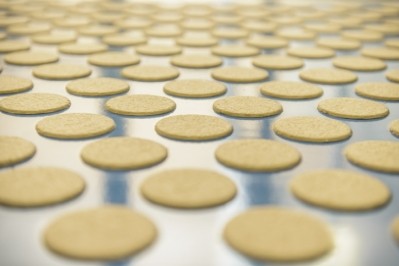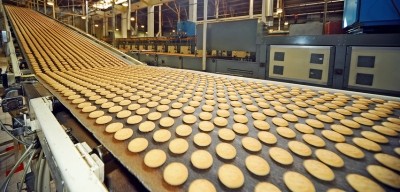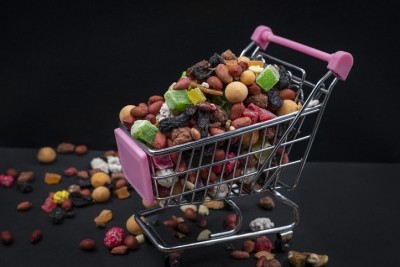US food to feed processor Do Good Foods secures more retail partners, looks to expand operationally

The feed the company produces is then used to rear the birds for its first product, Do Good Chicken. That brand is available in major US grocery chains, and through food service operations via an alliance with the Compass Group North America.
Moreover, Do Good Foods just announced expanded US retail distribution for the chicken brand with Inserra Supermarkets under the Shoprite banners, as well as Morton Williams in New York city, and select Jewel-Osco locations in Chicago. It has also added more than 200 surplus food collection partners to its network.
Food to feed processing
Do Good Foods' existing production site is in Fairless Hills, Pennsylvania has the capacity to take in and convert 160 tons of surplus food such as fruits, vegetables, and meats from 450 grocery stores daily. The surplus food is transported via cooler bins to the processing facility where it is converted into feed by a proprietary process.
The business is also gearing up to establish two new processing facilities – one in Fort Wayne, Indiana, and the other in Selma, North Carolina.
The Kamine Family, an established pioneer with a 40-year history of building large-scale infrastructure projects across the US, launched Do Good Foods in October 2021. Backed by a $169m investment from asset manager, Nuveen, their objective is to try and help eliminate the 48 billion pounds of food waste generated by US grocery stores each year.
“If food waste were its own country, it would be the third largest greenhouse gas emitter. We waste around 40% of the food grown in this country. Based on the EPA food recovery hierarchy [to prevent and divert wasted food], the first and best usage is human consumption, with surplus food donated as much as possible. And then the next best usage after any human consumption can occur is upcycling of surplus food into animal feed.
“What Do Good Foods has pioneered is a scalable solution, where we are able to collect surplus grocery food daily from the major supermarkets around the Philadelphia region and upcycle that into a nutritionally consistent dry animal feed. That feed can then go right into the existing feed mill infrastructure of our farmers the very next day,” Justin Kamine, co-CEO and co-founder of the food to feed processor, told FeedNavigator.
The company maintains the cold chain of this surplus grocery food and then pasteurizes it before transforming it into a dry feed. And a system is in place to ensure any potential contaminants, metals are plastics that are still left in the surplus food, are removed.
Food system revolution
Do Good Chicken, said Kamine, is one of the first US chicken brands with USDA verified carbon-reduced benefits.
Since it launched a year ago, the range has prevented approximately 27 million pounds of surplus food from going to landfill, saving more than 3,100 metric tons of greenhouse gases (CO2e) from entering the atmosphere, or the equivalent of saving 3,429,869 lbs. of coal from being burned, said the company.
“Each bird now saves about 3 pounds of GHG," claimed the co-CEO.
The birds are raised by farmers in Delaware, and the production system is cage-free. The chickens are reared without artificial ingredients, antibiotics, hormones, or steroids. “It is also priced well below organic chicken brands,” he added.
Kamine calls it a food system revolution: “We don’t have to ask consumers to change their habits, we don’t have to ask them to pay a lot more, and yet we can now actually use the food system to solve some of our biggest environmental problems.”
The company is actively bringing in additional partners as it looks to replicate the model across the US over the coming years, said the co-founder.













